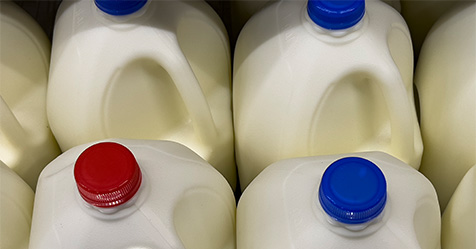Which Bacteria Are Most Threatening to Human Health?
The World Health Organization (WHO) released its updated Bacterial Priority Pathogens List (BPPL) 2024, which includes the 15 families of antibiotic-resistant bacteria grouped into critical, high, and medium categories. The list provides guidance on the development of new and necessary treatments to stop the spread of antimicrobial resistance (AMR).
AMR occurs when bacteria, viruses, fungi, and parasites no longer respond to medicines. AMR is driven in large part by the misuse and overuse of antimicrobials.
“By mapping the global burden of drug-resistant bacteria and assessing their impact on public health, this list is key to guiding investment and grappling with the antibiotics pipeline and access crisis,” said Dr. Yukiko Nakatani, WHO assistant director-general for antimicrobial resistance ad interim. “Since the first BPPL was released in 2017, the threat of antimicrobial resistance has intensified, eroding the efficacy of numerous antibiotics and putting many of the gains of modern medicine at risk.”
The critical priority pathogens, such as gram-negative bacteria resistant to last-resort antibiotics, and Mycobacterium tuberculosis resistant to the antibiotic rifampicin, present major global threats due to their ability to resist treatment and spread resistance to other bacteria.
“Antimicrobial resistance jeopardizes our ability to effectively treat high-burden infections, such as tuberculosis, leading to severe illness and increased mortality rates,” said Dr Jérôme Salomon, WHO assistant director-general for universal health coverage, communicable, and noncommunicable Diseases.
The BPPL 2024 also emphasizes the need for a public health approach to addressing AMR, including universal access to quality and affordable measures for prevention, diagnosis, and appropriate treatment of infections, as outlined in WHO’s people-centered approach to addressing AMR and core package of AMR interventions.
The WHO BPPL 2024 includes the following bacteria:
Critical priority:
- Acinetobacter baumannii
- Enterobacterales
- Mycobacterium tuberculosis
High priority:
- Salmonella Typhi (Typhoid fever)
- Shigella spp.
- Enterococcus faecium
- Pseudomonas aeruginosa
- Non-typhoidal Salmonella
- Neisseria gonorrhoeae
- Staphylococcus aureus
Medium priority:
- Group A streptococci
- Streptococcus pneumoniae
- Haemophilus influenzae
- Group B streptococci
Building on the value of the BPPL as a global tool, the dynamic nature of AMR still necessitates tailored interventions for country and regional variations in pathogen distribution and AMR burden.


